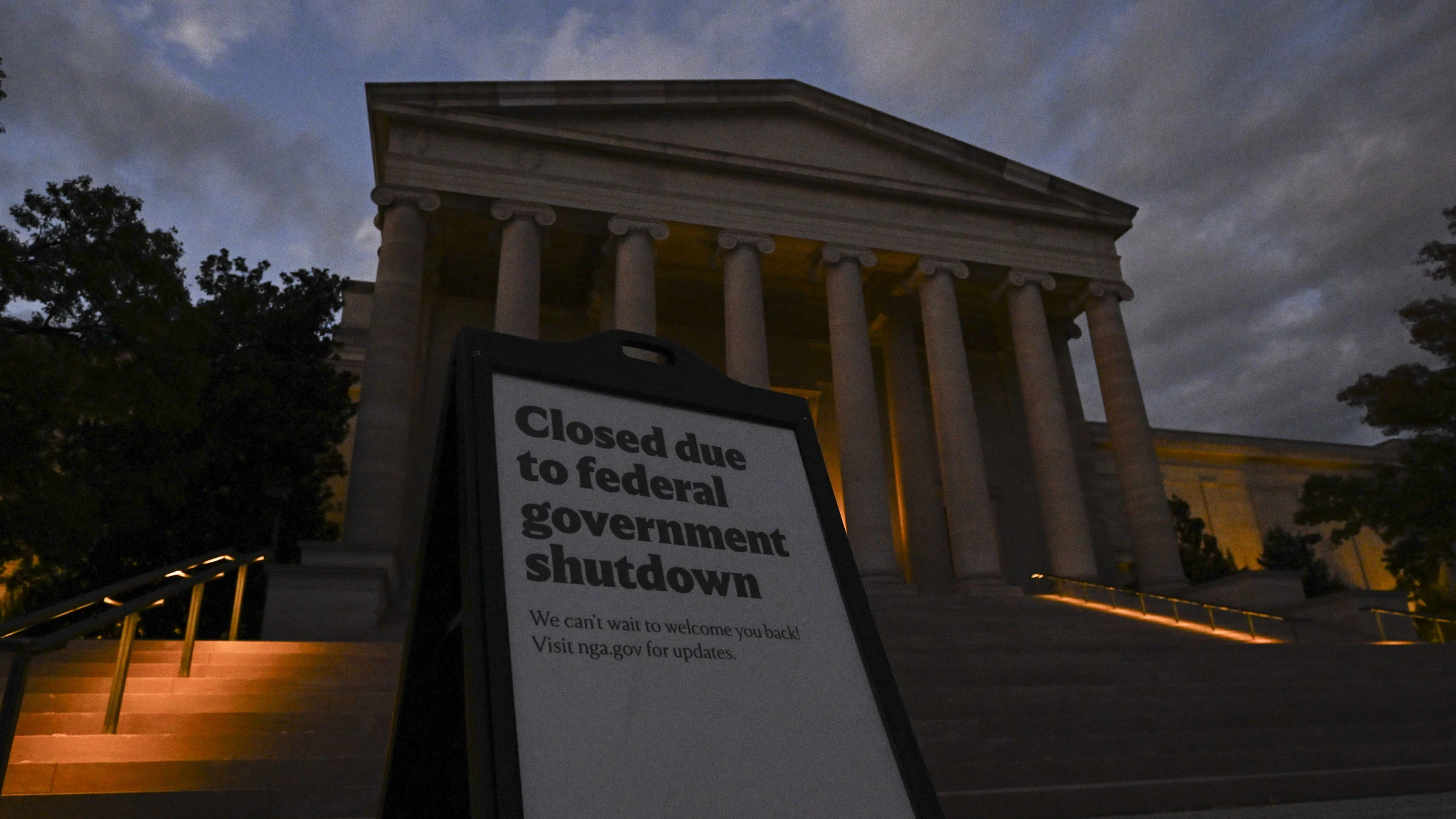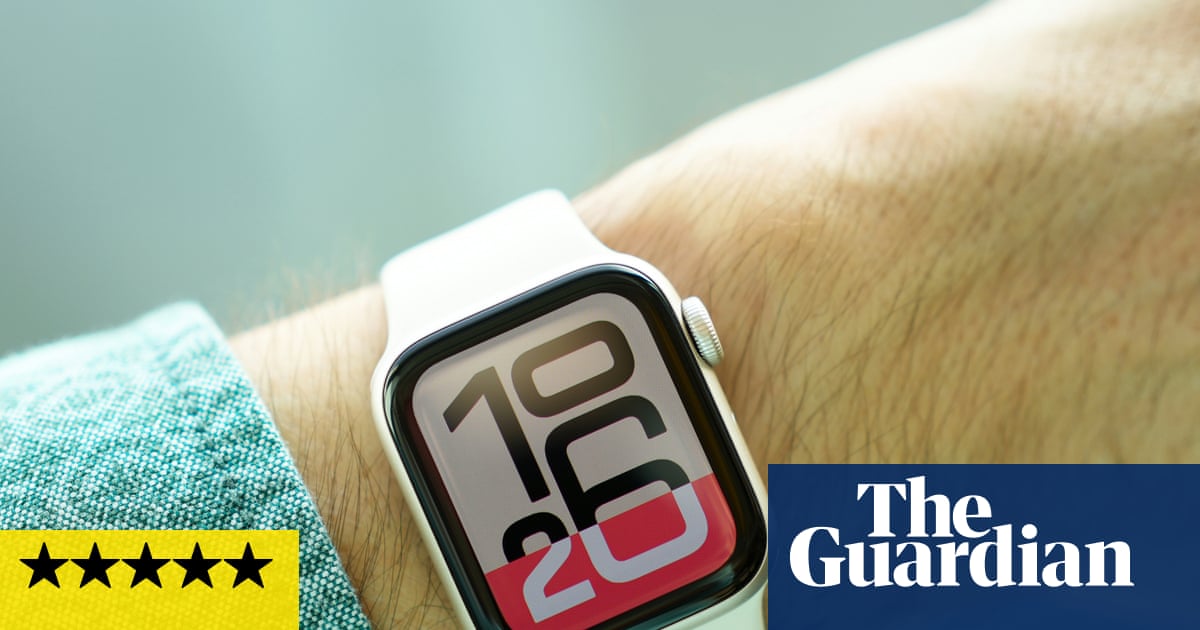This article is part of our Forever Forward series, showcasing the ways Formula 1 is innovating for the 2026 season.
“Hopefully they broadcast this …”
Fernando Alonso was playing two cunning games as he battled Liam Lawson and Pierre Gasly during the second lap of Formula One’s Mexico City Grand Prix last month.
The Aston Martin driver wanted to highlight what he viewed as an intense injustice: Several cars cutting the second and third corners of the race eventually won by McLaren’s Lando Norris. Charles Leclerc and Max Verstappen were most prominent in doing this at the head of the pack, while Carlos Sainz and Lawson were also on the grass in Alonso’s orbit towards the back.
Alonso was also continuing his crusade against the selective process that goes into driver and team radio messages being broadcast live during F1 races to watching fans.
It’s not a new bone of contention for the double world champion — and it’s an issue that has cropped up around bigger questions regarding how much non-racing action should be included in F1’s broadcasts. After the Singapore race last month, Williams driver Sainz said there was too much focus on “famous people and girlfriends.”

Pierre Gasly leads Fernando Alonso during the Mexico Grand Prix. (Hector Vivas / Getty Images)
Last week, F1 opened up its Media and Technology Center, just outside London Biggin Hill airport to the south of the capital, to offer a glimpse of how such broadcasts come together — a chance to see the broadcast hub tech up close and hear the other side of the current debate.
“It’s complicated because it’s simultaneous action,” Dean Locke, F1’s director of broadcast, media and digital, said to media, including The Athletic, of how races are broadcast. “It’s like golf. Large real estate and lots of things happen at the same time. But we’re a little bit quicker over a shorter period for a round.
“We’re lucky, actually. I remember when there weren’t two stories happening at the same time (in F1). But we do get a lot of action, we’re getting a lot of racing.
“Our core part is: We’re going to go with the best action and we’re going to go higher up the action.”
This explains why, if you were watching the Mexican race live on F1’s main world feed broadcast, you didn’t hear any of Alonso’s pointed complaints.
He said it on Lap 2 of the race’s 71-lap distance, while in 14th place. The pack was still tightly congested, and Lewis Hamilton and Verstappen were suddenly locked in a controversial contest for a high-profile track position.
Similar comments from Mercedes racer George Russell — regarding Leclerc and Verstappen going off track — had also already been aired. Russell was running fifth and also involved in the Hamilton/Verstappen scrap that was taking up the majority of the race’s early main broadcast.
What is deemed the most consequential racing at that time, as well as the placings of the cars, feeds into which radio messages are aired on F1’s world feed. The same applies to the broadcast itself, another area of recent discussion involving Alonso and Hamilton, as the former’s late chase of the latter in Singapore was not included on the world feed.
Alonso’s in-race comments were only widely picked up in the days following the Mexican race, when F1 put out a compilation of team radio highlights on its official YouTube channel.
But since F1 launched its in-house broadcast network F1TV in 2018, with the MTC acting as the channel’s primary base and non-race broadcast studio, many fans have been able to access the radio broadcasts of every driver almost instantly during and after live sessions.
To do this, as with a discontinued F1 service called F1 Digital+ that ran from 1996 to 2002, they have to follow the onboard camera feeds of dedicated drivers on their devices. This is also available on some of F1’s global broadcast partners, but often these are only temporarily available. The streams always remain available on F1TV, although the radio feeds can be edited in post-production at F1’s MTC.
Locke said this is occasionally done to “protect” drivers if “there’s something they may regret” that has been uttered in the heat of a racing battle. The edits done in London are the main way fans hear the team radios.
These are the exchanges that appear periodically on the world feed — usually accompanying action being screened live, or to explain things that have just happened. They are also used to provide updates on cars that are important in the context of the live shots, but might be elsewhere on the track.
Locke explained that the selected conversations can be broadcast on the world feed just 15 seconds after being uttered by a driver or their engineer.
“Team radio is quicker (than it used to be),” he said. “We used to be at a 25-second delay. My challenge was: ‘I want to be at 15 seconds.’ So (broadcast innovations) can be quite subtle, but actually have quite a big impact on the narrative.”
A team of eight editors and producers work together getting the radio messages out during F1 track sessions from a dedicated room adjacent to the main MTC directing gallery. This is a huge, dark room packed with 415 screens, with car timings and data visible alongside a multitude of shots from the various cameras in use at each race.
Down the corridor from the main gallery, in another windowless room, is the team radio editing crew, who have three ways of presenting the information to viewers.
There’s the standard combination of the clipped radio message accompanied by a graphic displaying the driver’s name, a longer graphic containing the transcribed exchange (effectively acting as subtitles), or a text-only option, typically used when drivers are called to pit, as this can be pushed out fastest.
One member of this team listens to the feed of all 20 drivers and calls out key messages to be picked up.
The software used around the room is based on a system first developed for the 2011 F1 season and is being regularly updated. As it is also used to take in the radios of up to 30 Formula Three drivers on that championship’s race weekends, the software will have no problem adding the voices of two more F1 drivers when Cadillac arrives on the grid in 2026.

Dean Locke in F1’s traveling TV direction gallery during the 2023 Las Vegas GP weekend. (Myung J. Chun / Los Angeles Times / Getty Images)
Two people edit the relevant messages — sometimes censoring profanity, but also condensing longer audio files. Another cleans up the chosen audio feed so the drivers can be heard better on the broadcast. Audio quality varies among the cars, as some drivers position their microphones inside their fireproof balaclavas, while others have it built into their helmets, making them less prone to movement.
A producer chooses which messages to flag to the world-feed director, who will make the final decision on inclusion with the main broadcast images, after the bespoke edited clips are finished and passed up the chain.
F1 executives are continually assessing broadcast choices and plans. In reference to drivers or teams that complain about certain team radio airings, Locke said, “Sometimes it’s a Sunday evening (post-race) when I get a call that says, ‘Hey, was that (radio message aired) in context?’ or, ‘Oh, did you hear that bit?’
“Quite often it’s erroneous in the fact that it was a very long sequence and (the editors are) taking a short sequence out of it. But the accuracy of when we can deliver and tell that story is getting better and better all the time.”
The sport is also experimenting with plans to freshen up its radio message offerings — possibly as soon as the 2026 season.
One is to reintroduce race officiating radio messages into F1 broadcasts. This would go beyond the timing screen messages that typically announce if a driver is under investigation over incidents or has been handed penalties by the stewards.
Back in 2021, F1 aired direct communication between team sporting managers and then F1 race director Michael Masi. Infamously, this included the various messages sent to Masi from the Red Bull and Mercedes teams around his erroneous decision to alter the safety car restart rules during the 2021 Abu Dhabi GP, leading to Verstappen passing and beating Hamilton to that year’s world title.
But rather than repeat that arrangement, which was dropped from F1’s broadcasts for the 2022 campaign, a new use of officials’ radio would center on specific moments of their decisions. This would cover the radio messages sent out to teams pertaining to the start and end of virtual or full safety car periods.
Similar messages are already broadcast in other motorsport championships, such as Formula E or the World Endurance Championships. This approach coming into F1 would be dependent on approval from motorsport’s governing body, the FIA.
Locke said it was also likely that automatically transcribed radio messages would soon play a larger part in F1’s team radio broadcasts than they currently do.
“We do transcription of team radio in various guises,” he said. “It’s still slightly manual, because of some of the elements around team radio, the way it comes in. You have background noise, strong accents. It’s a massive challenge.
“But also things around editorial decision making on it. Some compliance parts (too). So there is still manual interaction. But I’m seeing that shift.
“It’s not just switching on artificial intelligence that’s going to do that, it’s actually going to make the operation so much more efficient and so much better, and then allow us to do other things. I can see that whole transcription moving over very shortly into it being published publicly, rather than an operator regurgitating that.”
Since they became commonplace in the early 2000s — teams could opt out of their exchanges being broadcast in those early years — team radio broadcasts have changed.
But, no matter what advances are made, one thing will remain: Racing at over 200mph will strip away the varnish in an otherwise highly polished world.
The Forever Forward series is part of a partnership with SAP. The Athletic maintains full editorial independence. Partners have no control over or input into the reporting or editing process and do not review stories before publication.










